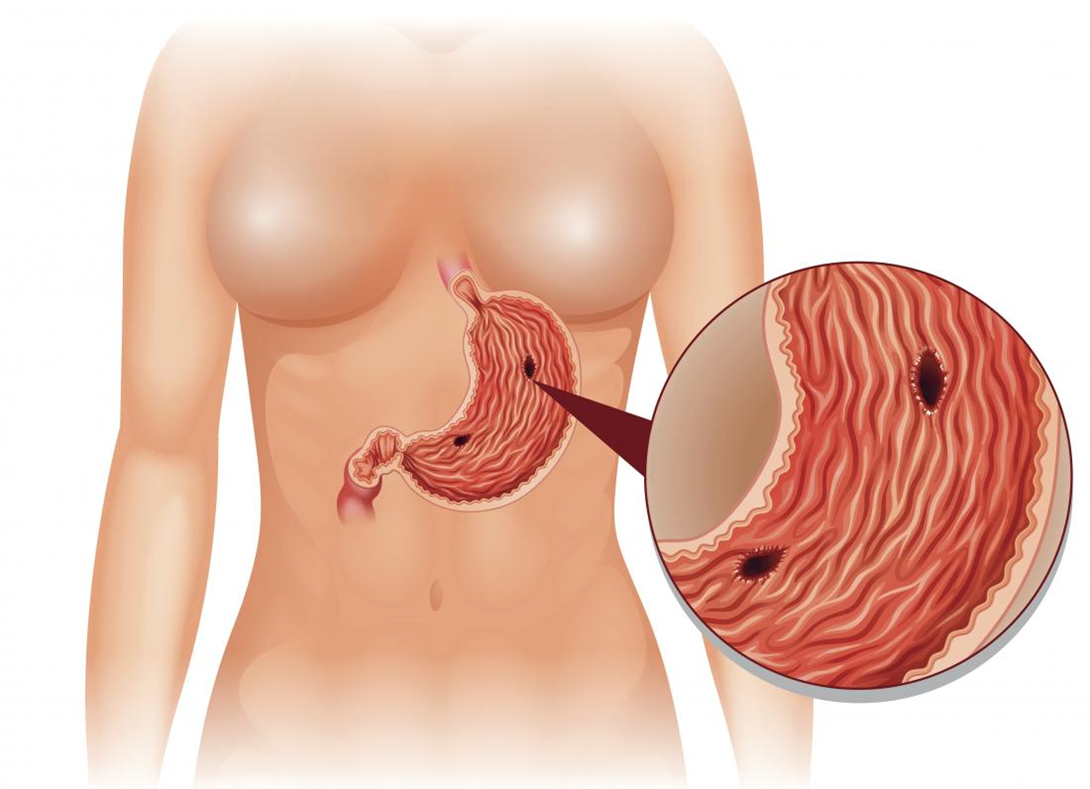A nurse is assessing four female clients for obesity. Which of the following clients have manifestations of obesity?
Client who weighs 28% above ideal body weight
Client who has a waist circumference of 81.3 cm (32 in)
Client who has a BMI of 28
Client who has a body fat of 22%
The Correct Answer is A
Choice A reason: This is the correct answer because weighing 28% above ideal body weight is a sign of obesity. Ideal body weight is an estimate of the weight that corresponds to the lowest mortality for a given height and gender. Obesity is defined as having a body weight that is 20% or more above ideal body weight.
Choice B reason: This is not the correct answer because having a waist circumference of 81.3 cm (32 in) is not a manifestation of obesity. Waist circumference is a measure of abdominal fat, which is associated with increased health risks. However, the cut-off point for waist circumference varies by gender and ethnicity. For women, a waist circumference of more than 88 cm (35 in) is considered high.
Choice C reason: This is not the correct answer because having a BMI of 28 is not a manifestation of obesity. BMI is a measure of body mass index, which is calculated by dividing weight in kilograms by height in meters squared. BMI is used to classify weight status and health risks. For adults, a BMI of 18.5 to 24.9 is considered normal, 25 to 29.9 is considered overweight, and 30 or more is considered obese.
Choice D reason: This is not the correct answer because having a body fat of 22% is not a manifestation of obesity. Body fat is a measure of the percentage of fat in the body, which is determined by various methods such as skinfold thickness, bioelectrical impedance, or underwater weighing. Body fat is influenced by age, gender, and physical activity. For women, a body fat of 21 to 33% is considered normal, 33 to 39% is considered high, and more than 39% is considered very high.
Nursing Test Bank
Naxlex Comprehensive Predictor Exams
Related Questions
Correct Answer is B
Explanation
Choice A reason: This is not a statement that indicates a need for further teaching. The client should avoid alcohol and other substances that can harm the liver, as adalimumab can increase the risk of liver toxicity and hepatitis.
Choice B reason: This is a statement that indicates a need for further teaching. The client should not take naproxen and aspirin as needed for pain relief, as these are nonsteroidal anti-inflammatory drugs (NSAIDs) that can increase the risk of bleeding and gastrointestinal ulcers. Adalimumab can also increase the risk of bleeding and ulcers, as it suppresses the immune system and the inflammatory response.
Choice C reason: This is not a statement that indicates a need for further teaching. The client should report any signs of infection or fever to the doctor, as adalimumab can increase the risk of serious infections and sepsis. Adalimumab can also mask the symptoms of infection, such as inflammation and pain.
Choice D reason: This is not a statement that indicates a need for further teaching. The client should inject the medication under the skin of the abdomen or thigh, as this is the recommended route and site for adalimumab administration.
Correct Answer is A
Explanation
Choice A reason: Sudden abdominal pain is a sign of gastrointestinal perforation, which is a life-threatening complication of peptic ulcer disease. It occurs when the ulcer erodes through the wall of the stomach or duodenum, causing leakage of gastric contents into the peritoneal cavity. This causes inflammation, infection, and peritonitis.
Choice B reason: Hyperactive bowel sounds are not indicative of gastrointestinal perforation. They may be present in other conditions, such as gastroenteritis, intestinal obstruction, or diarrhea.
Choice C reason: Bradycardia is not indicative of gastrointestinal perforation. It may be caused by other factors, such as vagal stimulation, medication side effects, or cardiac disorders.
Choice D reason: Decreased blood pressure is not indicative of gastrointestinal perforation. It may be a result of other causes, such as hypovolemia, shock, or dehydration.

Whether you are a student looking to ace your exams or a practicing nurse seeking to enhance your expertise , our nursing education contents will empower you with the confidence and competence to make a difference in the lives of patients and become a respected leader in the healthcare field.
Visit Naxlex, invest in your future and unlock endless possibilities with our unparalleled nursing education contents today
Report Wrong Answer on the Current Question
Do you disagree with the answer? If yes, what is your expected answer? Explain.
Kindly be descriptive with the issue you are facing.
